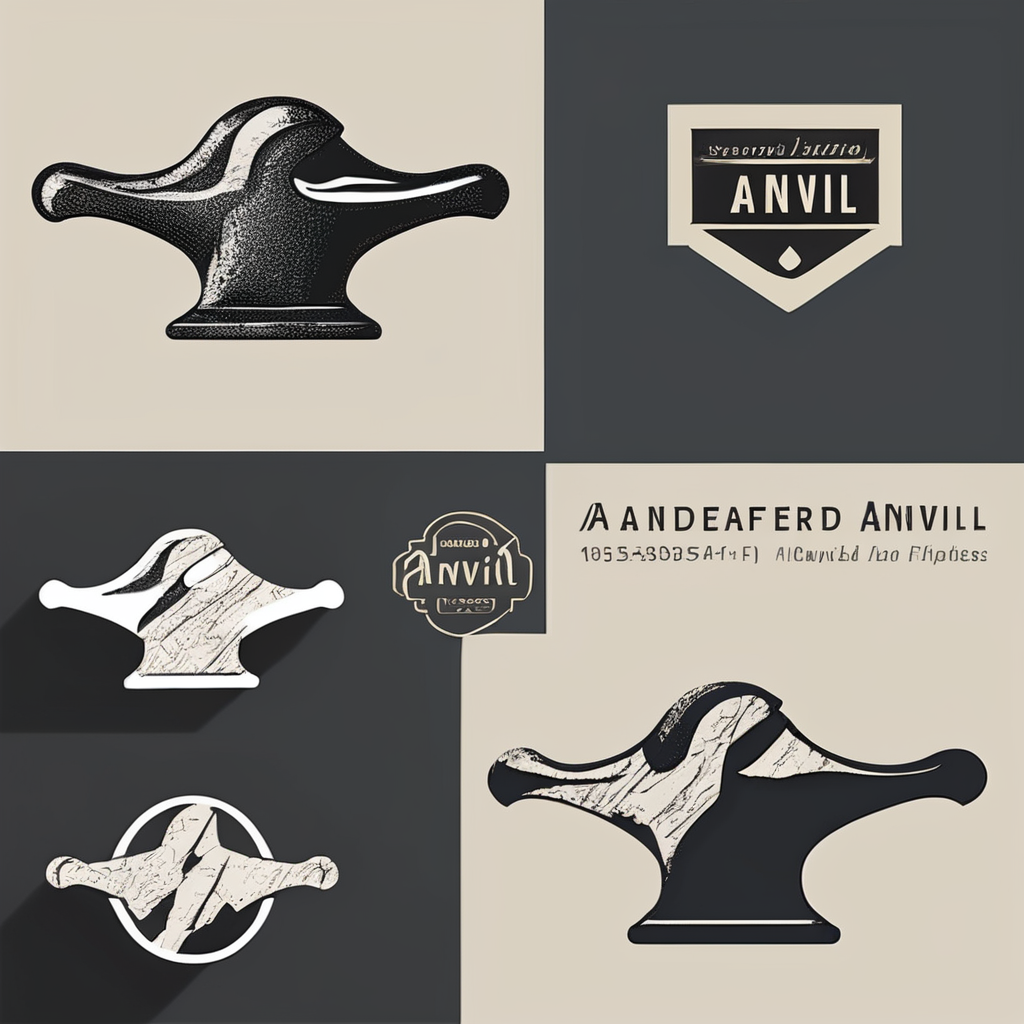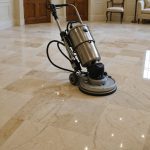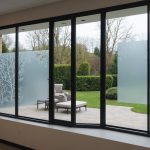Effective Insulation Materials for Older UK Homes
Older UK homes often require careful selection of insulation materials to suit their unique construction styles. Common options include natural fibers like sheep’s wool, mineral wool, and rigid foam boards. Each offers distinct advantages for retrofitting insulation UK buildings.
Loft insulation typically benefits from mineral wool’s fire resistance and breathability, making it ideal for attic spaces. For walls, cavity wall insulation suits homes with cavities, using materials that expand or fill gaps effectively. In contrast, solid wall insulation usually involves rigid boards or insulated plaster, balancing thermal performance with moisture management.
Also read : How Can Homeowners in the UK Enhance Energy Efficiency Dramatically?
Floor insulation reduces heat loss through ground contact and often employs rigid insulation boards beneath floorboards or concrete slabs. Choosing the right material depends on the home’s structure and existing damp conditions.
Comparing thermal performances, mineral wool has high fire resistance and soundproofing, natural fibers excel in breathability, and rigid boards deliver superior insulation values but require careful fitting. Overall, selecting the appropriate material enhances energy efficiency while respecting the delicate balance needed in older homes.
Also read : How Can Sustainable Practices Transform UK House Designs?
Practical Installation Methods for Retrofitting Insulation
Retrofitting insulation in older UK homes demands precise insulation installation techniques to preserve structural integrity and avoid moisture problems. For loft insulation, begin by clearing the loft space, then lay mineral wool or natural fiber insulation between joists, ensuring no gaps. Add a vapor barrier to prevent condensation. Proper airflow must be maintained to avoid dampness.
When installing cavity wall insulation, identify if the walls have cavities suitable for injection. Drill small holes and inject insulating material like mineral wool or foam beads, which expand to fill voids. This method is minimally invasive but requires professional expertise to avoid damaging the structure or trapping moisture.
DIY insulation can be suitable for lofts but less so for walls and floors due to complexity. Solid wall and floor insulation retrofits typically need professional services because they involve external rendering, plastering, or lifting floorboards, and careful moisture control.
Understanding the building’s unique needs is vital. Effective retrofitting methods prevent damp, enhance thermal performance, and prolong the home’s lifespan while ensuring compliance with safety standards.
Assessing Costs and Long-Term Energy Savings
Understanding insulation cost UK is key to planning upgrades in older homes. Prices vary by material and installation complexity. For example, loft insulation typically costs less—around £300 to £500—while solid wall insulation can exceed £5,000 due to labor-intensive work.
What energy savings can homeowners expect? Effective energy savings insulation measures commonly reduce heating bills by 15-30%, depending on the home’s current state and insulation quality. This reduction translates into significant annual cost cuts, making upgrades attractive.
How long before savings outweigh expenses? The insulation ROI or payback period often ranges from 3 to 10 years. Factors influencing this include energy prices, insulation type, and installation quality. Loft and cavity wall insulation generally show quicker returns compared to solid wall or floor insulation.
Older home insulation expenses may seem high upfront but considering long-term benefits is crucial. Besides financial savings, upgrading insulation enhances comfort and property value. Planning with a clear view of insulation cost UK and realistic expected savings ensures smarter investment decisions tailored to retrofit older UK homes.
Navigating Building Regulations and Compliance
Upgrading insulation in older UK homes must align with UK building regulations insulation standards to ensure safety and effectiveness. Compliance involves following clear guidelines on thermal performance and fire resistance, crucial for retrofit compliance.
Retrofitting insulation requires proper certifications, such as the Energy Performance Certificate (EPC), which verifies the home meets efficiency criteria. Builders and installers should provide documentation confirming materials used and methods applied adhere to regulations. Ignoring these can lead to legal penalties and void insurance.
Key regulations mandate breathable insulation materials in older structures to prevent moisture buildup. For example, solid wall insulation installations must allow walls to “breathe,” reducing risks of condensation and damp, compliant with insulation standards.
Staying informed about updates to building codes ensures retrofits remain future-proof. Engaging professional insulation installers familiar with local requirements aids in smooth approvals and guarantees that insulation upgrades deliver maximum energy savings while maintaining structural integrity in older properties.
Practical Installation Methods for Retrofitting Insulation
Installing loft insulation in older UK homes starts by thoroughly clearing the loft space. Lay insulation, such as mineral wool or natural fibers, snugly between joists to avoid gaps that reduce effectiveness. Adding a vapor barrier is essential to prevent condensation, while preserving airflow maintains moisture balance and prevents dampness.
For cavity wall insulation, confirm the presence of suitable cavities before proceeding. Small holes are drilled to inject insulating materials like mineral wool or expanding foam beads, which fill voids and improve thermal performance with minimal disruption. Precision is critical to avoid moisture traps or structural damage.
DIY insulation suits loft installations due to simpler access and fewer moisture risks. However, solid wall and floor insulation retrofits demand professional insulation services because of complexity and the need for moisture control. These retrofits often require external rendering, plastering, or lifting floorboards, tasks that exceed typical DIY skills.
Understanding the home’s structure and employing the right insulation installation techniques enable effective retrofitting methods that enhance energy efficiency without compromising building integrity.
Effective Insulation Materials for Older UK Homes
Older UK homes benefit from carefully chosen insulation materials that accommodate traditional structures. Popular options include natural fibers like sheep’s wool, mineral wool, and rigid foam boards. Each material suits specific retrofit needs.
Loft insulation often uses mineral wool due to its breathability and fire resistance, ideal for attic spaces prone to moisture. For walls, options depend on construction: cavity wall insulation employs expanding mineral wool or foam beads to fill voids, improving energy retention. In contrast, solid wall insulation requires rigid boards or insulated plaster, which deliver excellent thermal performance but must allow wall breathability to prevent damp issues.
Floor insulation typically involves rigid foam boards under floorboards or slabs, reducing heat loss through the ground. Its selection requires consideration of existing damp to avoid problems.
Comparing these materials, mineral wool offers soundproofing and moisture control, natural fibers excel in eco-friendliness and vapor permeability, while rigid boards provide high insulation values but need precise fitting. Choosing the right combination enhances retrofitting insulation UK efforts by balancing energy efficiency with structural health.
Effective Insulation Materials for Older UK Homes
Choosing the right insulation materials is crucial when improving energy efficiency in older UK homes. Common materials include natural fibers such as sheep’s wool, mineral wool, and rigid foam boards. Each has strengths tailored to specific retrofit areas.
For loft insulation, mineral wool is preferred for its breathability and fire resistance, crucial for attic moisture control. Wall insulation varies by type: cavity wall insulation often uses expanding mineral wool or foam beads that fill gaps effectively, while solid wall insulation requires rigid boards or insulated plaster that enhance thermal performance yet must maintain wall breathability to prevent moisture issues.
Floor insulation solutions typically involve rigid boards installed under floorboards or slabs. This reduces heat loss through the ground but demands careful installation to avoid damp.
Comparing thermal performance, mineral wool combines soundproofing with moisture control, natural fibers excel in vapor permeability and eco-friendliness, and rigid boards deliver superior insulation but require precise fitting. Selecting suitable materials ensures successful retrofitting insulation UK projects that respect older buildings’ structures and energy efficiency goals.










